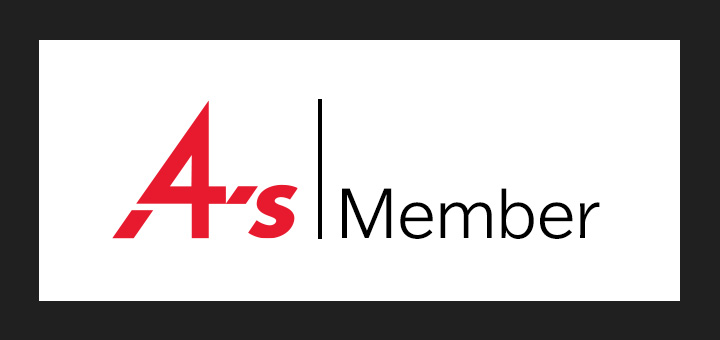Rob Davis, President and CMO at Novus Media.
A modern organization has several responsibilities. It should, of course, produce products or services people want to buy so they can make a profit and return value to shareholders. But it also needs to provide employees with a positive experience, so those products and services are actually created and sold.
Keeping employees happy contributes to the bottom line. McKinsey reported that employee disengagement costs companies $90 million in lost productivity a year. Luckily, there are several top-down ways to provide a positive employee experience—from good pay and a strong work-life balance to perks and encouragement for a job done well.
Over 40% of employees have left a job if they feel their company doesn’t listen to them. Thankfully, most organizations care about what their employees have to say about their jobs and their overall happiness. But, for far too many companies, that feedback structure exists only as an annual anonymous survey and some ad hoc check-ins, if at all. That is not typically a winning strategy to truly understand the hopes and fears of the people who comprise their organization.
My CEO recently launched an employee feedback initiative based on doing focus groups in addition to the standard “engagement” survey. Frankly, I was initially skeptical, as I was always trained that people won’t feel comfortable speaking their minds live, especially in front of management.
But, you know what? If you ask most employees what’s going well and what needs improvement at your organization, they’ll be more than happy to tell you.
What You Need To Do: Actually Talk To People
Whether structured as a focus group or “roundtable,” live feedback sessions can become a key method for an organization to solicit feedback. The organization benefits from real-time, unvarnished feedback directly from its employees, while employees experience the benefit of their feedback being heard in real time. It creates the opportunity for a discussion around areas of difference and potential immediate plans of action.
Use an internal focus group as your feedback structure.
A lot of companies conduct focus groups to learn more about their customers or prospects; so why not use the same structure to learn more about how your employees perceive the company? Facilitated by HR or an outside moderator, a focus group structure is a great format for feedback. Employees may have different perspectives on particular issues, which could lead to much more dynamic conversations. Plus, it’s more manageable for HR and management to conduct these meetings if they are in groups instead of individually.
Get executives in the room.
Understandably, organizations try as best as possible to protect the time of their executives. But I fundamentally believe this is a valuable use of that precious time. Hearing employees give raw and honest feedback is so much more affecting than just reading a transcript or getting a summary of key findings. One way to make it manageable is to potentially divide and conquer the C-suite to ensure at least one member can attend each session. And if moderated correctly and if the executives are coached to truly listen vs. defend or control the dialogue, we’ve found that employees are extremely open and honest about both the company’s strengths and opportunities.
Take the time to create the right structure.
You can prepare employees to be ready to discuss their feelings about the current state of affairs, but don’t structure the meetings to be open-ended information dumps from the employees. Those can become too unfocused or too prone to turn into gripe sessions to be helpful. Remind employees that constructive criticisms delivered in a non-emotional way work best. You can supply your questions in advance if you want employees to take time to prepare their answers. But reserve the right to ask meaningful follow-up questions as the situation calls for them.
Don’t ‘lead the witness.’
Structure questions in a neutral way. E.g., “Describe your current morale” as opposed to, “How can management improve poor morale”? You want them to express their opinions clearly and openly; you don’t want to make assumptions and you do not want them to get in the habit of trying to tell you only what you want to hear. Since we’ve begun doing this, we’ve often found our assumptions about what people like or don’t like are pretty far off. So we no longer assume.
Understand the intent behind the comments.
Naturally, employees will have some criticism of the company and management. Often the criticism manifests as a specific symptom of a larger cause that management needs to ascertain. If one of the main comments or complaints was a lack of communication, for example, it may not matter that the organization sends out a weekly newsletter. It may be a symptom of people’s desire to hear more direct and honest updates, or more frequent, or more detailed.
Employee focus groups only work if they produce results.
Finally, remember the goal of any employee feedback is to enhance what is working and to produce meaningful change for what is not. It’s critical to demonstrate to employees that these conversations are not merely cosmetic. Each focus group moderator should encapsulate major points that were said back to the team. And then the organization should communicate a comprehensive analysis back to the entire organization, including an action plan for those suggestions that the organization will address and clear reasoning why other issues may not be addressed.
And if your focus groups don’t seem to be working, consider sending out a survey to see if there’s anything that can be done to improve them. See, I told you there was a time and place for surveys.





